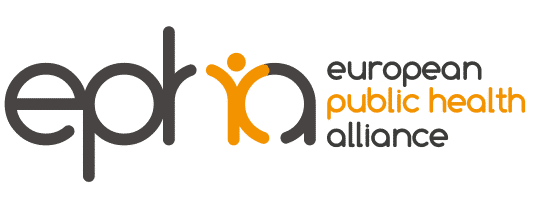Previous to the publication of the EC proposal to review the EU pharmaceutical legislation, EPHA had called for more transparency of the research and development (R&D) costs for pharmaceutical products. Without clear knowledge of pharmaceutical R&D costs, it is virtually impossible for regulators to design or improve existing pharmaceutical incentives. And lack of information about the actual costs of medicines (including R&D investments) further complicates price negotiations by EU member states.
Transparency as the means to an end
The purpose of introducing such transparency obligations would mainly be to promote fair prices and ultimately to advance access to affordable medicines in the EU. This was recognized in 2019 by the World Health Assembly Resolution WHA72.8, which states that “the availability of comparable price information may facilitate efforts towards affordable and equitable access to health products”. While the resolution did not call for full transparency of R&D costs, it highlighted the need for better knowledge and more information throughout the whole life cycle of pharmaceuticals.
Transparency of R&D costs is progressing too slowly
A recent study looking at legal measures to improve transparency in pharmaceutical markets within the WHO Europe region didn’t find any specific mechanism in the region to advance R&D cost transparency. Only 2 countries, Italy, and France, have enacted national legislation asking for some form of obligation, and a few other laws, including the current EU Orphan Medicinal Products Regulation, provide indirect mechanisms to ensure more transparency of R&D costs.
R&D costs in the EC proposal to review the EU pharma legislation
The proposal to review the EU pharmaceutical legislation aims to improve the current situation. Recital (131) of the proposed Directive states that “to ensure a high level of transparency of public support to the research and development of medicinal products, the reporting of public contribution for the development of a particular medicinal product should be a requirement for all medicines”.
Indeed, article 57 of the Directive creates an obligation for the marketing authorisation holder to “declare to the public any direct financial support received from any public authority or publicly funded body, in relation to any activities for the research and development of the medicinal product”.
While a good starting point, in its current form, the obligation is unlikely to enhance access to affordable medicines. Firstly, the obligation does not cover indirect financial support such as those obtained via tax advantages, which can provide significant advantages to companies. Rather, the obligation will only cover support coming from direct grants or contracts.
More importantly, the obligation will not be able to improve the transparency of pharmaceutical R&D costs. If the current obligation is not broadened, it will only help to shed light on the (direct) public contribution to these costs.
This is also because the obligation seems to be aimed at informing the public about the public contribution to pharmaceutical R&D. However, by leaving out indirect public contributions to pharmaceutical R&D, it risks giving a very incomplete picture of these contributions.
The obligation is also unlikely to contribute to more affordable medicines. To do so, a transparency obligation would need to improve the understanding of all pharmaceutical R&D costs. Only in this way would policymakers be better able to shape incentives according to R&D costs and enhance the negotiation position of EU member states.
